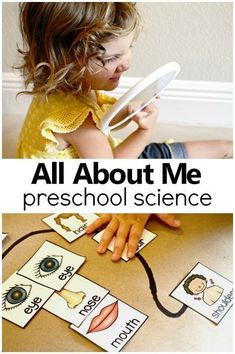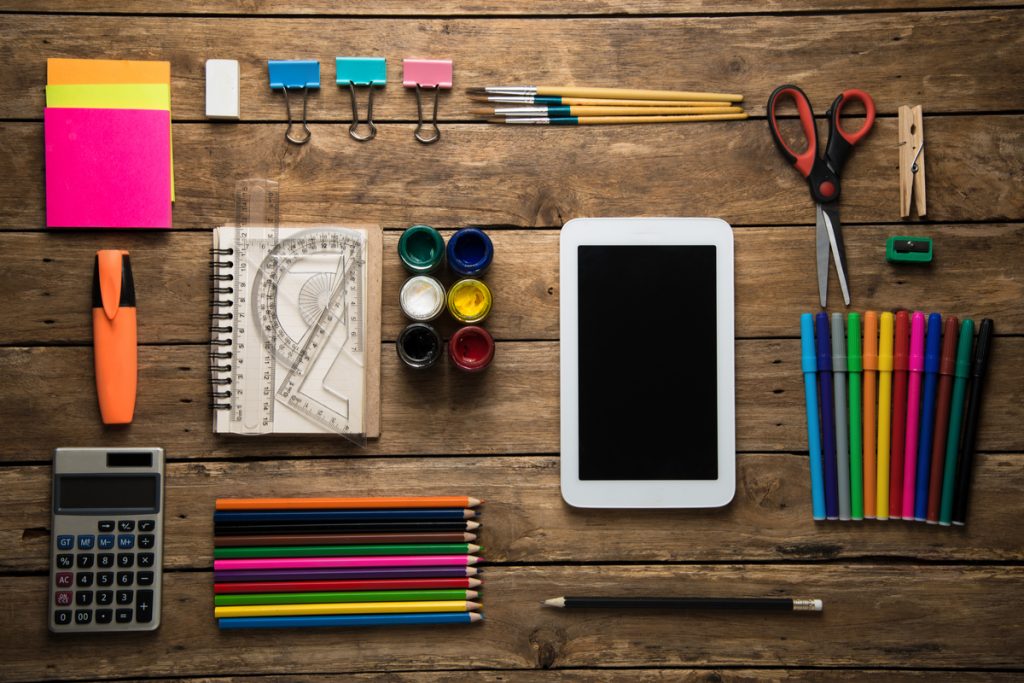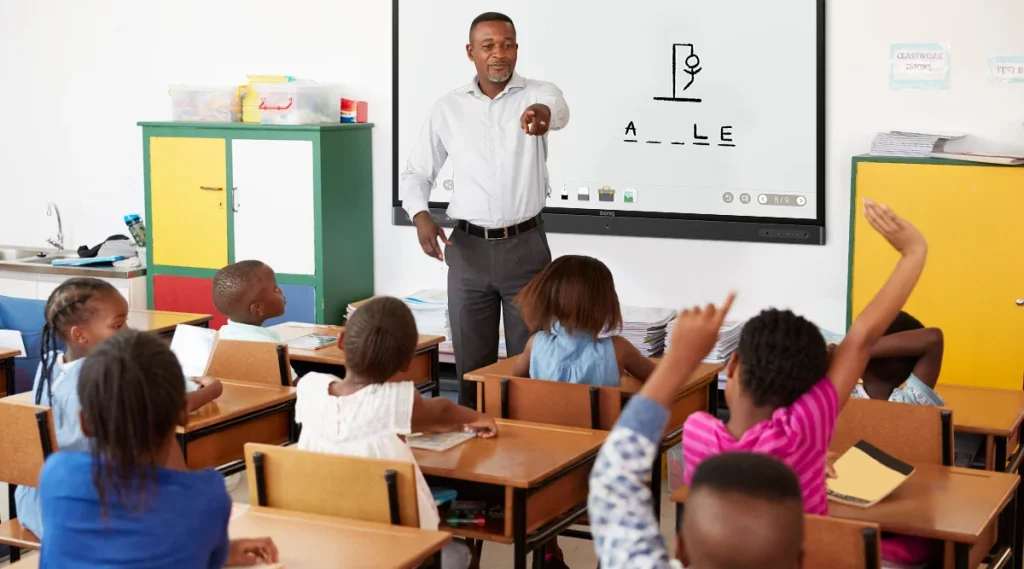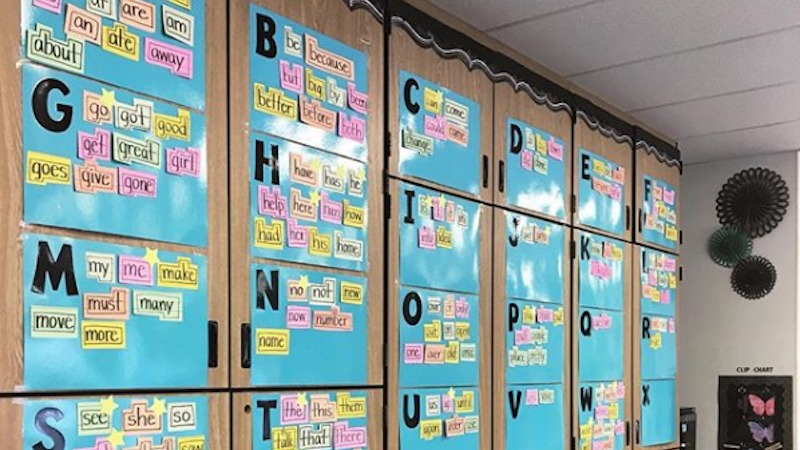In the bustling world of classroom education, “All About Me” teaching resources have become an essential part of early childhood and primary education curriculums. These resources are designed to support teachers and educators in creating engaging activities that encourage children to explore their identity, emotions, family, interests, and abilities.
The goal of “All About Me” resources is not just to gather basic information about the students but also to foster a sense of individuality and self-worth. These resources offer various activities that can be integrated into lesson plans, ranging from simple ‘About Me’ worksheets to more intricate projects such as family trees or personal timelines.
Teachers utilize these tools not only to learn more about their students but also to create a classroom environment where diversity and uniqueness are celebrated. By sharing personal stories and details, children learn to appreciate the differences between themselves and their peers, promoting a culture of inclusivity and respect.
Furthermore, “All About Me” activities typically include components that touch upon emotional literacy. For instance, students may engage in exercises that help them articulate their feelings or identify characteristics that make them unique. Musings on favorite things—like colors, food, animals—provide a starting point for broader lessons about preferences and expressing opinions.
One popular activity is the creation of an “All About Me” book or portfolio. This project empowers children to document various aspects of their lives using drawings, sentences, or even digital media. Students take pride in these personalized creations which can serve as a keepsake for years to come.
In addition to fostering social and emotional development, “All About Me” teaching resources tie into academic objectives as well. For example, when students write about themselves or their families, they practice language skills. When they discuss their age or important dates in their personal timeline, they’re inadvertently learning about numbers and time.
Moreover, these resources have adapted well to varied learning environments—including in-person learning, online classrooms, and homeschool settings. In virtual learning scenarios especially, “All About Me” activities can be instrumental in building connections among classmates who may not meet face-to-face.
Overall, “All About Me” teaching resources are invaluable for educators aiming to cultivate an educational environment that respects individual voices while building foundational skills across multiple domains. They’re not just exercises; they’re the stepping stones towards nurturing well-rounded individuals who are confident in who they are and appreciative of others around them.










